Singapore’s Temasek plans to invest up to US$30 billion in US over next five years
NEW YORK: Singapore state investor Temasek plans to invest up to US$30 billion over the next five years in the US in sectors such as healthcare, financial services and technology. “It’s an incredibly deep and broad capital market in the US,” Jane Atherton, Temasek’s head of North America, told Reuters.Continue Reading

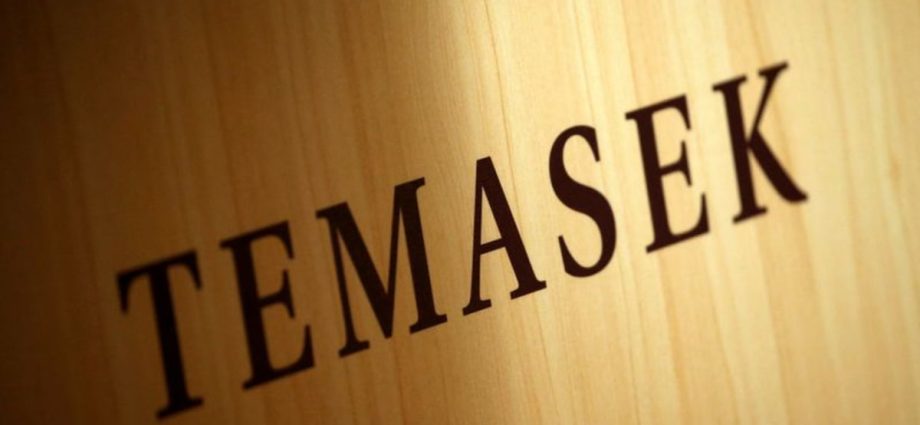


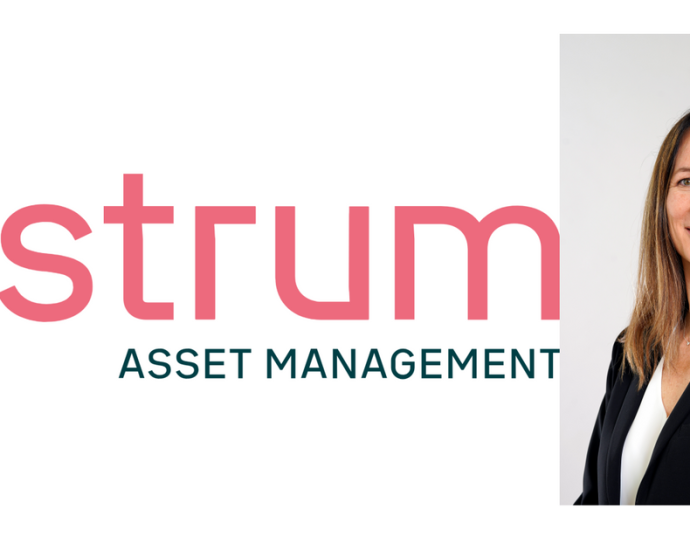





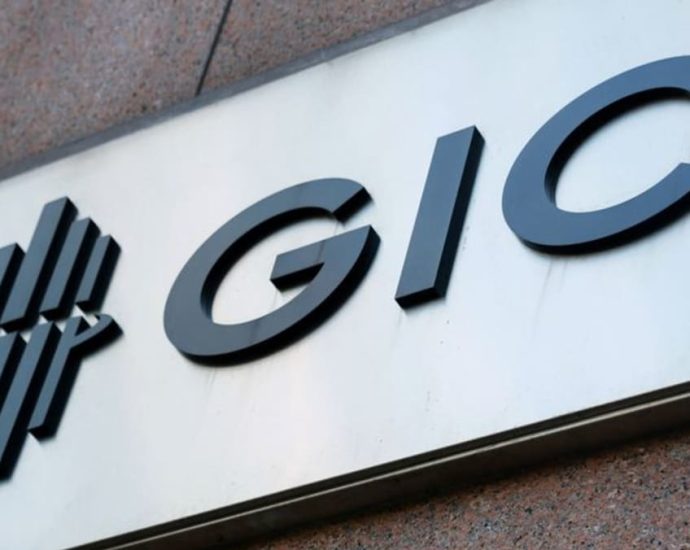




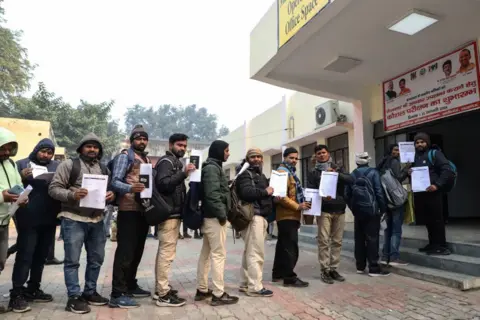
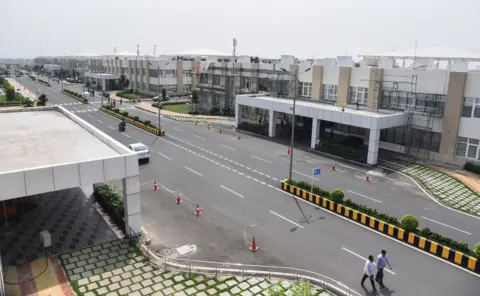
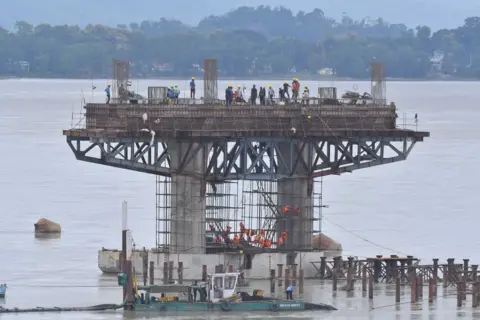



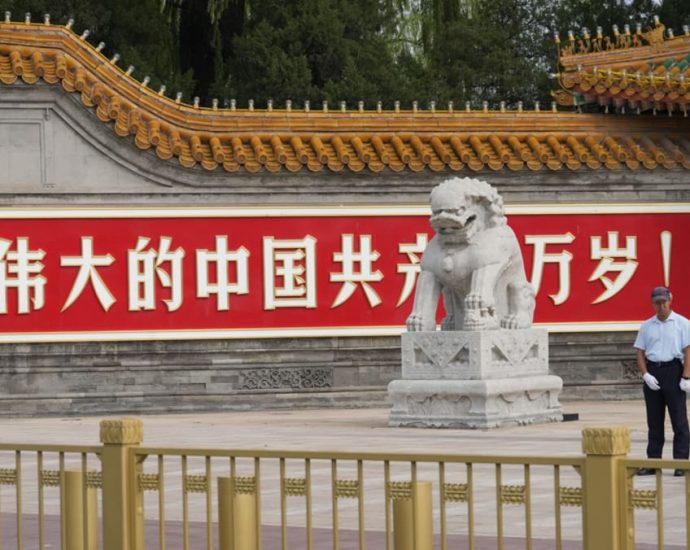
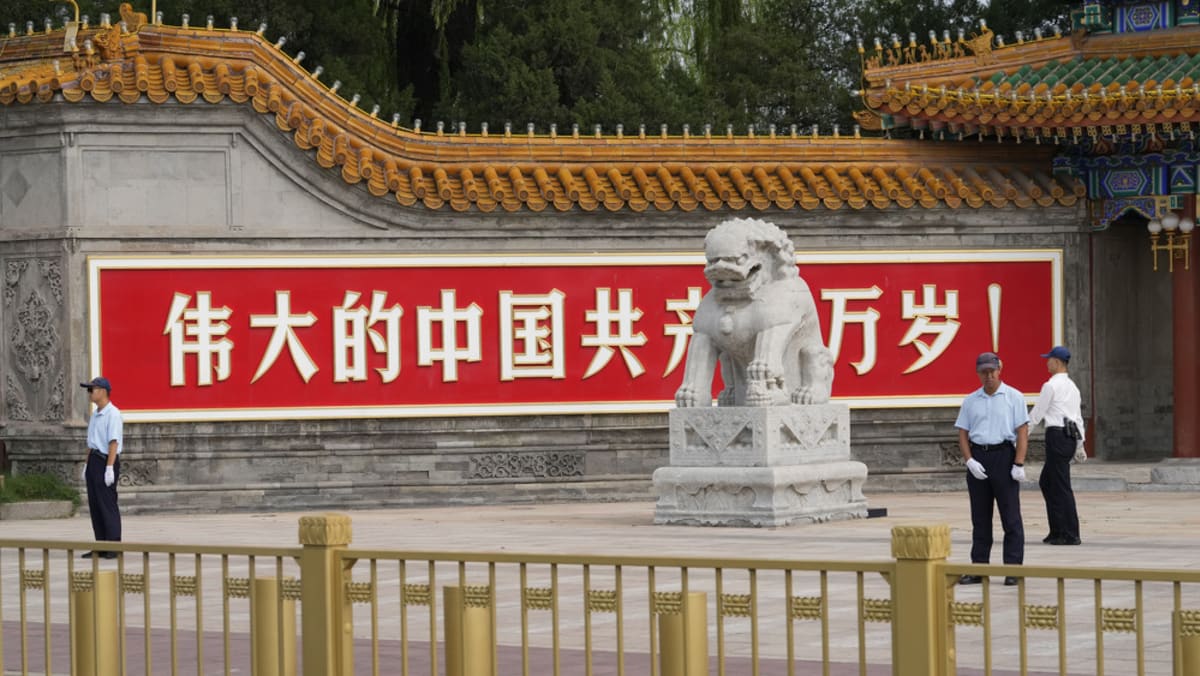


.png) Fahad Naeem, state chairman at Randstad Malaysia, said,” The quarterly firm brand research guides employers with year-on-year analysis, as well as talent attitudes and opinions on important matters like skill development and equity. AI systems will continue to alter labor structures and skill requirements, and investing in talent development may help businesses find competent talent and entice more Malaysian workers to work there.
Fahad Naeem, state chairman at Randstad Malaysia, said,” The quarterly firm brand research guides employers with year-on-year analysis, as well as talent attitudes and opinions on important matters like skill development and equity. AI systems will continue to alter labor structures and skill requirements, and investing in talent development may help businesses find competent talent and entice more Malaysian workers to work there..png)
.png)